4-Methoxystyrene
Synonym(s):4-Methoxystyrene
- CAS NO.:637-69-4
- Empirical Formula: C9H10O
- Molecular Weight: 134.18
- MDL number: MFCD00008619
- EINECS: 211-298-9
- SAFETY DATA SHEET (SDS)
- Update Date: 2025-01-27 09:38:02

What is 4-Methoxystyrene?
Description
4-Vinylanisole (4VA)—frequently also called 4-methoxystyrene—is a naturally occurring aroma compound. Among other sources, it is one of the volatile components of the French brandy Mirabelle, which is obtained by fermenting the juice of the mirabelle plum (Prunus domestica subsp. syriaca).
Beyond the brandy connection, 4VA is the center of a more spectacular natural phenomenon. This year, Xianhui Wang, Le Kang, and six collaborators at the Chinese Academy of Sciences (Beijing) reported that 4VA is the culprit responsible for locust swarms, such as those that recently devastated large portions of East Africa.
When solitary migratory locusts (Locusta migratoria) form small groups, they begin to emit 4VA, attracting additional insects. As the locusts aggregate, the 4VA signal becomes stronger, and the swarm grows exponentially. This year’s swarm—some call it a “Biblical plague”—covered thousands of square kilometers, mostly in Kenya and Ethiopia, but also in other African and Middle Eastern countries.
4VA’s aggregation pheromone property might have a positive side. Instead of using pesticides to control the locusts, 4VA could potentially be used as a bait to trap the insects before they begin the swarming process, according to Wang, Kang, et al. The researchers also found that a genetic modification prevented locusts from detecting 4VA signals; but others in the field warn against unintended consequences from this sort of alteration.
Chemical properties
CLEAR COLOURLESS LIQUID
The Uses of 4-Methoxystyrene
4-Methoxystyrene is employed in the ferric chloride-catalyzed addition of activated methylenes to styrenes. It acts as a monomer in polymerization reactions. Further, it is used to prepare 1,1,2,2-Tetracyano-3-(p-methoxyphenyl)cyclobutane by reacting with ethenetetracarbonitrile.
Synthesis Reference(s)
Chemistry Letters, 13, p. 1897, 1984
The Journal of Organic Chemistry, 52, p. 422, 1987 DOI: 10.1021/jo00379a020
Tetrahedron Letters, 35, p. 8773, 1994 DOI: 10.1016/S0040-4039(00)78494-2
Properties of 4-Methoxystyrene
| Melting point: | 2°C |
| Boiling point: | 41-42 °C/0.5 mmHg (lit.) |
| Density | 1.009 g/mL at 25 °C (lit.) |
| refractive index | n |
| Flash point: | 170 °F |
| storage temp. | Store at <= 20°C. |
| solubility | Slightly miscible with methanol. |
| appearance | colorless liquid |
| form | Liquid |
| Specific Gravity | 1.009 |
| color | Clear colorless to yellow |
| Odor | sweet |
| BRN | 1098935 |
| CAS DataBase Reference | 637-69-4(CAS DataBase Reference) |
| NIST Chemistry Reference | Benzene, 1-ethenyl-4-methoxy-(637-69-4) |
| EPA Substance Registry System | Benzene, 1-ethenyl-4-methoxy- (637-69-4) |
Safety information for 4-Methoxystyrene
| Signal word | Warning |
| Pictogram(s) |
 Exclamation Mark Irritant GHS07 |
| GHS Hazard Statements |
H227:Flammable liquids H315:Skin corrosion/irritation H319:Serious eye damage/eye irritation |
| Precautionary Statement Codes |
P210:Keep away from heat/sparks/open flames/hot surfaces. — No smoking. P264:Wash hands thoroughly after handling. P264:Wash skin thouroughly after handling. P280:Wear protective gloves/protective clothing/eye protection/face protection. P370+P378:In case of fire: Use … for extinction. P403+P235:Store in a well-ventilated place. Keep cool. P501:Dispose of contents/container to..… |
Computed Descriptors for 4-Methoxystyrene
4-Methoxystyrene manufacturer
New Products
4,4-Difluoropiperidine hydrochloride tert-butyl 9-methoxy-3-azaspiro[5.5]undecane-3-carboxylate Indole Methyl Resin N-Isopropylurea N,N-Dicyclohexylcarbodiimide(DCC) MELDRUMS ACID 5-METHYLISOXAZOLE-4-CARBOXYLIC ACID Magnessium Bis glycinate Zinc ascorbate 1-bromo-2-butyne 2-acetamidophenol 9(10H)-anthracenone Erythrosin B, 4-Piperidinopiperidine 2-((4-morpholinophenylamino) (methylthio) methylene) malononitrile 2,4-dihydroxybenzaldehyde 3-(4-morpholinophenylamino)-5-amino-1H-pyrazole-4-carbonitrile Methyl 2-methylquinoline-6-carboxylate 2,6-dichloro-4-nitropyridine 4-Bromo-2-chlorobenzonitrile 2-(benzylamino)acetic acid hydrochloride 4-(tert-Butoxycarbonylamino)but- 2-ynoic acid 3,4-dihydro-2H-benzo[b][1,4]dioxepine 1-Phenyl-1-cycloprppanecarboxylicacidRelated products of tetrahydrofuran
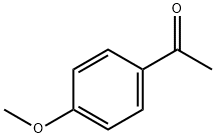
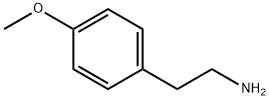
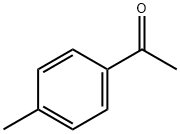

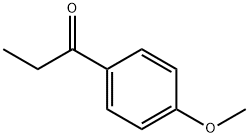
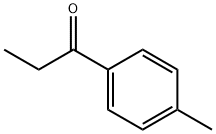


You may like
-
 637-69-4 4-Methoxy Styrene 99%View Details
637-69-4 4-Methoxy Styrene 99%View Details
637-69-4 -
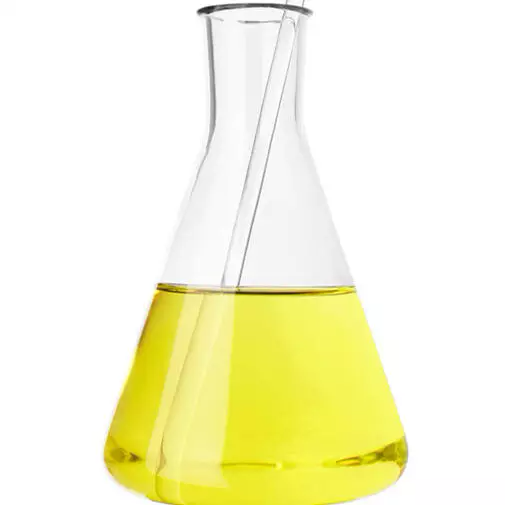 637-69-4 99%View Details
637-69-4 99%View Details
637-69-4 -
 4-Methoxystyrene (stabilized with TBC) CAS 637-69-4View Details
4-Methoxystyrene (stabilized with TBC) CAS 637-69-4View Details
637-69-4 -
 4-Vinylanisole CAS 637-69-4View Details
4-Vinylanisole CAS 637-69-4View Details
637-69-4 -
 637-69-4 98%View Details
637-69-4 98%View Details
637-69-4 -
 20677-73-0 (2,2-diethoxyethyl)methylamine 98%View Details
20677-73-0 (2,2-diethoxyethyl)methylamine 98%View Details
20677-73-0 -
 3-(4-(hydroxyamino)-1-oxoisoindolin-2-yl)piperidine-2,6-dione 98%View Details
3-(4-(hydroxyamino)-1-oxoisoindolin-2-yl)piperidine-2,6-dione 98%View Details -
 57381-49-4 2-bromo-4-chlorobenzonitrile 98%View Details
57381-49-4 2-bromo-4-chlorobenzonitrile 98%View Details
57381-49-4
